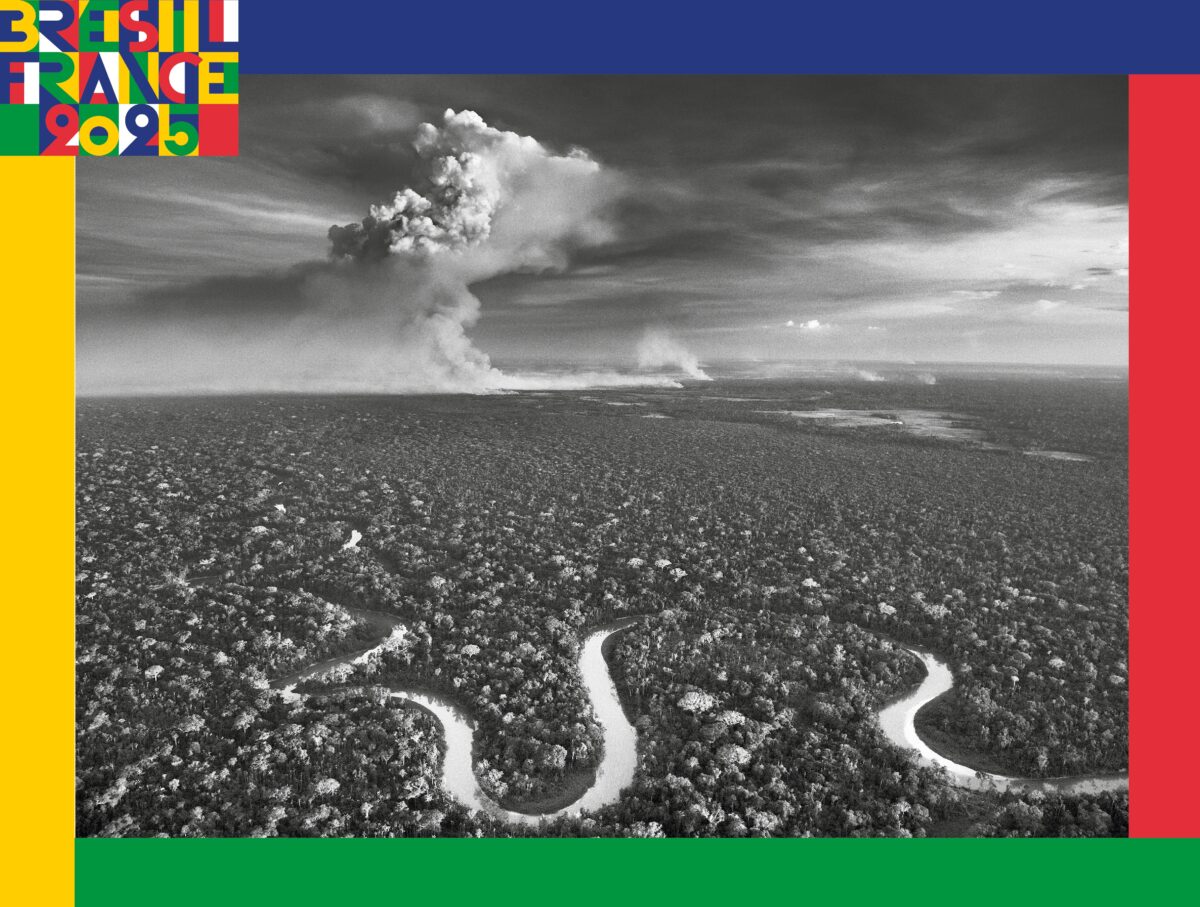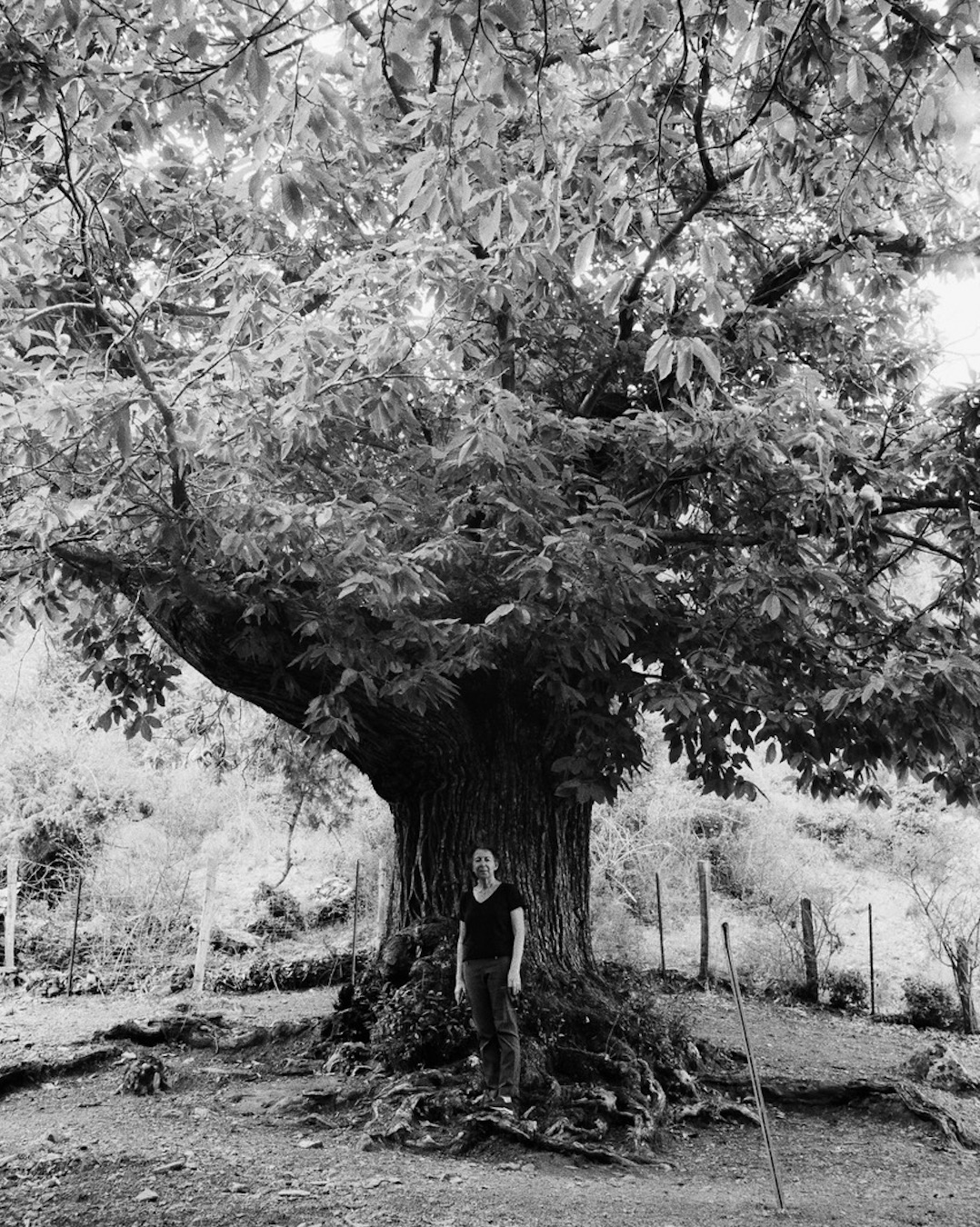
Forest Nights at the Jardin d’Agronomie Tropicale
As part of the France-Brazil Cultural Season, the Nuits des forêts festival at the Jardin d’Agronomie Tropicale takes us on…

E Voce di u Castagnu – The Voices of the Chestnut Tree – is a research-action project focusing on Corsica’s chestnut groves, and a winner of the Erable program. The program, run by GIP EPAU, aims to support local authorities in the construction of a biodiversity narrative, by documenting and encouraging initiatives aimed at reconnecting with nature in local projects within the framework of the National Strategy for Biodiversity 2030.
The project launch seminar will take place on October 15 in Bocognano.
Image credits: Châtaignier corse © Simon Birman
Published on 25 September 2025
E Voce di u Castagnu aims to document, preserve and promote the unique heritage of Corsican chestnut groves, which have been weakened by abandonment, disease and climate change. Supported by the Center INRA LRDE CorteCentre, COAL, the commune of Bocognano, and a community of researchers, local players and artists, it proposes an interdisciplinary approach combining ecology, sociology, philosophy, management sciences and artistic expression, to create a choral work and innovate in uses and lifestyles.
The Chestnut, tree of providence and freedom
In Corsica, the chestnut tree embodies a unique heritage and a singular balance, at the crossroads of ecological, cultural and democratic dimensions, which makes the Corsican chestnut grove unique in Europe. L he chestnut tree was “breadfruit tree”, “tree of providence”, “tree of freedom”, epicenter of forms of life that were both democratic and ecological, indissolubly. It was said that a single chestnut was enough to sustain an entire family for a year. No tree has played such a central role in the history of our rural civilizations, nor has it been so socialized.. It is distinguished by its persistence, despite 20 centuries of cultivation, to resemble a great forest tree, wild and free. He cultivates the artistic blur between wild and domesticated, nature and culture, forest and agriculture.. This intermingling is characteristic of Corsican chestnut groves, and constitutes an originality found nowhere else.
Songs, poems and novels have been dedicated to him. Includinghe famous Lamentu di u Castagnu (lament of the chestnut tree) by Antone Battisti Paoli, written at the beginning of the 20th century (at a time when chestnut trees were being cut down intensively to feed a new tanning factory).his song has been sung by Corsican children for generations. It has the particularity of using the chestnut tree’s point of view to express its sadness at the ingratitude of human society, which has forgotten its past generosity. This song bears witness to the transition from a traditional system to the industrial age, and its ecological and cultural consequences.
From 2009 to 2019, we have seen an unprecedented remobilization of Corsican beech-growing communities in conjunction with local residents to combat the attacks of a new parasite: the cynips. The extraordinary mobilization of local residents has led to the pooling of knowledge and action in the field, as well as fund-raising, often through the organization of village festivals and fairs dedicated to the tree. The combination of popular culture, techniques and scientific knowledge surrounding the chestnut tree that is perpetuated here illustrates the history of a unique relationship between humans and trees.
The political and public will to revive the chestnut grove – motivated by ecological and economic issues (notably food self-sufficiency) and cultural and cultural issues – has begun, notably with the collective drafting in 2023 of several transition scenarios for the area, which now need to be accepted and implemented.
New voices from the chestnut tree
Inspired by the traditional song, U Lamentu di u Castagnu, the project aims to document, preserve and enhance this heritage, using an interdisciplinary approach that blends ecology, sociology, philosophy, management sciences and artistic expression. It proposes the co-creation of a choral, sung, danced and “viral” work to accompany the writing of this new narrative with the key players involved (elected representatives, chestnut growers, residents, users, trees…), based on ancient customs, cultural facts and contemporary attachments. The project will be deployed around Bocognano, a historic area for the revival of the chestnut tree, with its 350 ha of chestnut groves, its annual fair and its dedicated museum.
Interdisciplinary research aims to make it possible to revive the chestnut grove, transforming its way of life and uses through innovation and diversification, by mobilizing the double valence of the concept of ecosystem in ecology and management sciences, and of “natural and cultural biodiversity”, all in the service of sustainable redevelopment of the Corsican territory.
Its implementation via a research-action approach will be structured in 3 phases over 2 years : an arts-sciences survey, the production of cultural deliverables and for use by local players, based on co-creation, pedagogy and mediation devicesfollowed by a dissemination and sharing phase with links to other chestnut-growing regions.
A lasting impact for Corsica and beyond
By initiating a practice on a regional scale, the “E Voce di u Castagnu” project project aims to set a precedent for taking better account of the transformative consequences of cultural practices in the evolution of territories, and embedding them in the long termbut also contribute to the evolution of public policies on biodiversity, ecosystem management and collective decision-making. The results obtained could serve as a model for other beech-growing areas in Corsica, France, Italy and beyond.
This program is not only a preservation project, but also an invitation an invitation to rediscover and renew our relationship with nature. The chestnut treein this approach, becomes a vector of intergenerational transmission, a symbol of resilience in the face of environmental challenges, and a driving force for social and cultural transformation.
The project launch seminar will take place on October 15 in Bocognano.
As part of the France-Brazil Cultural Season, the Nuits des forêts festival at the Jardin d’Agronomie Tropicale takes us on…
Discover the 2nd Residential Workshops in Milan, Łódź and Jerez de la Frontera.
Art in the Spirit of the Oceans 5 – 8 june 2025 Fort du Mont Alban, Nice United Nations…

